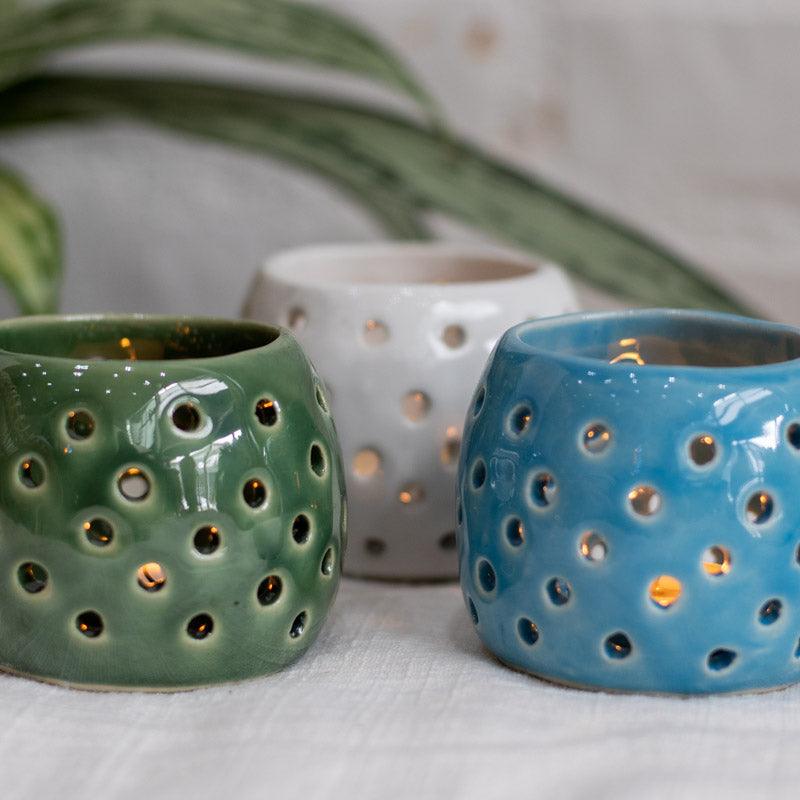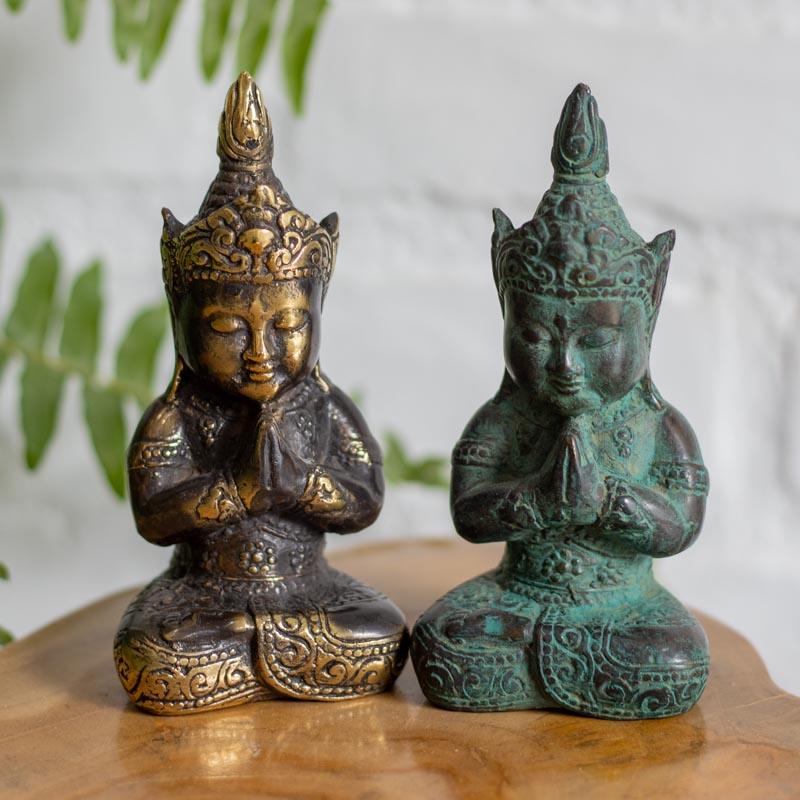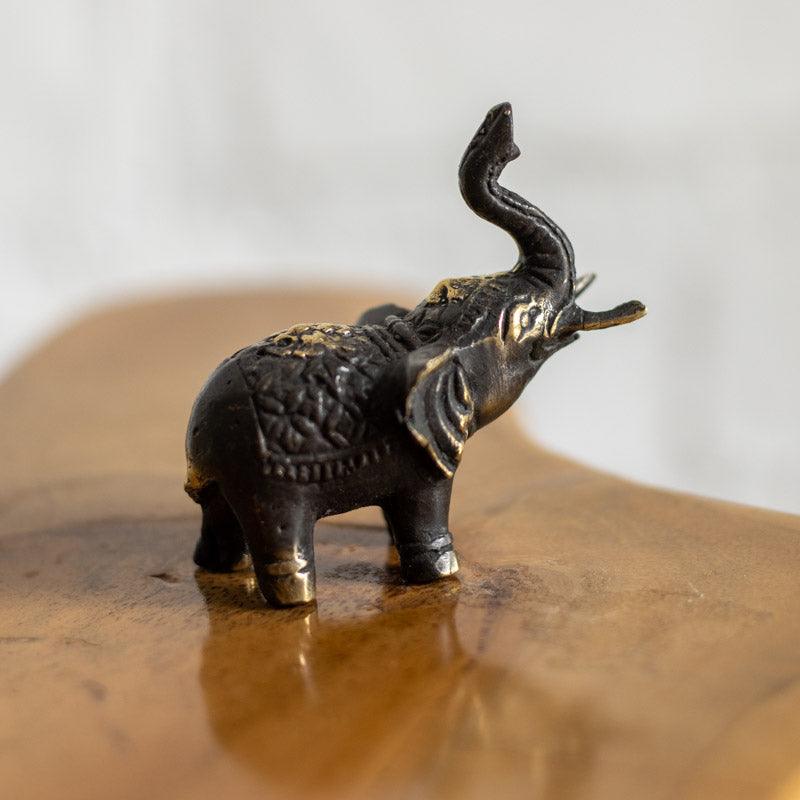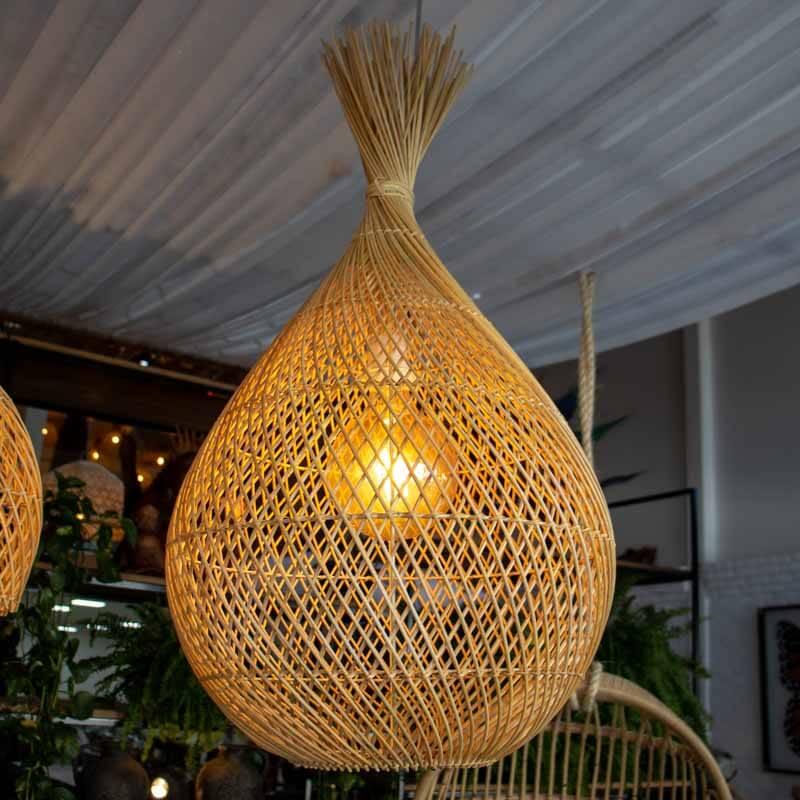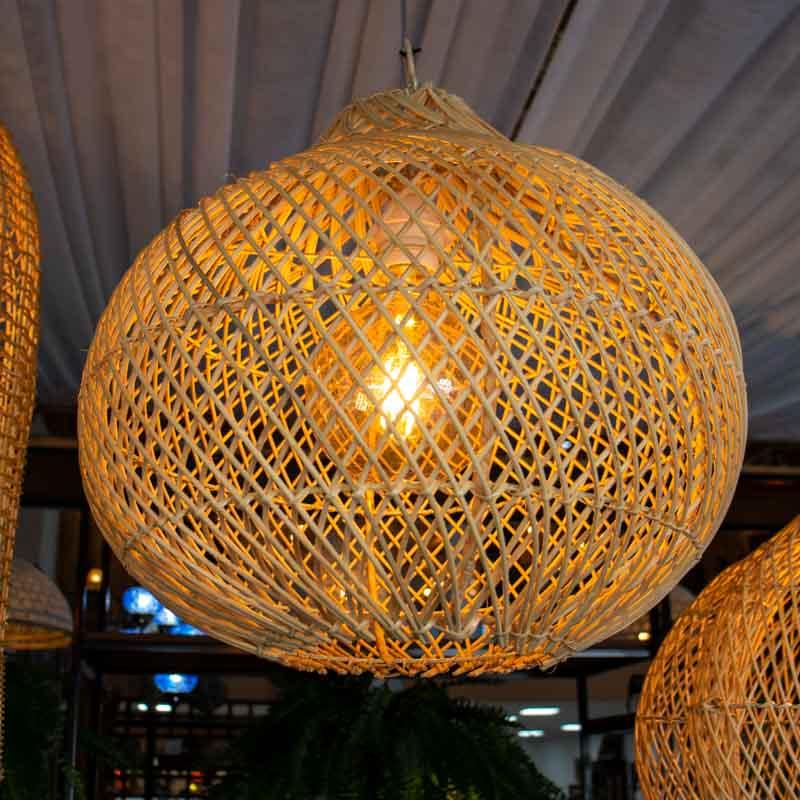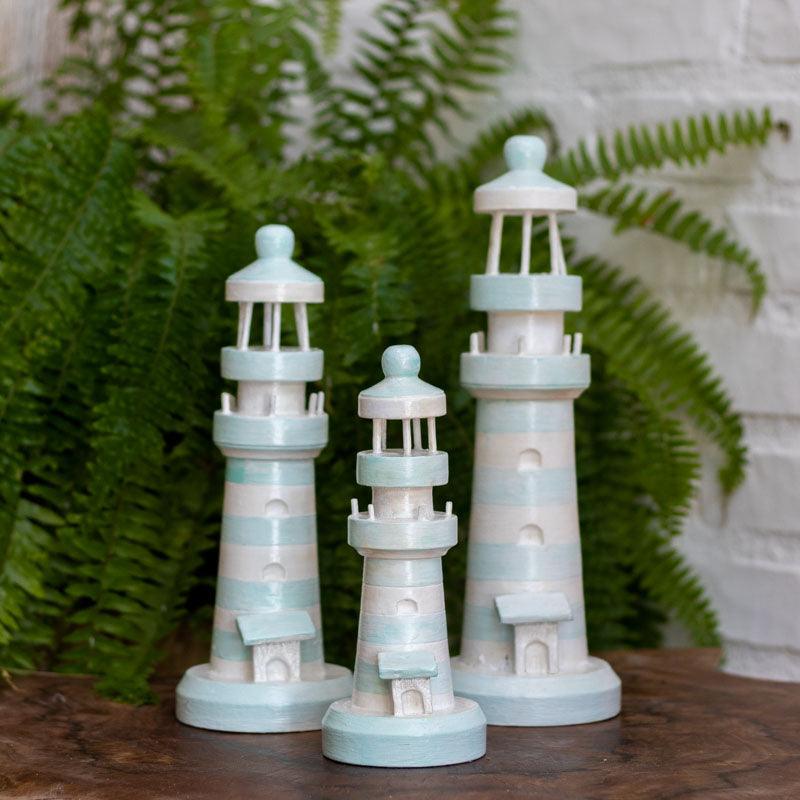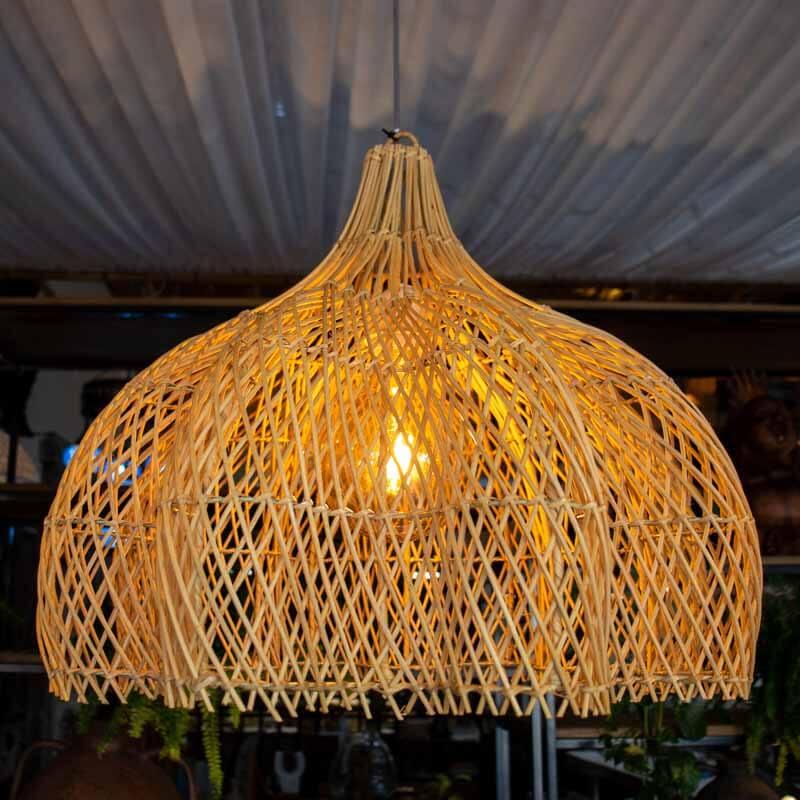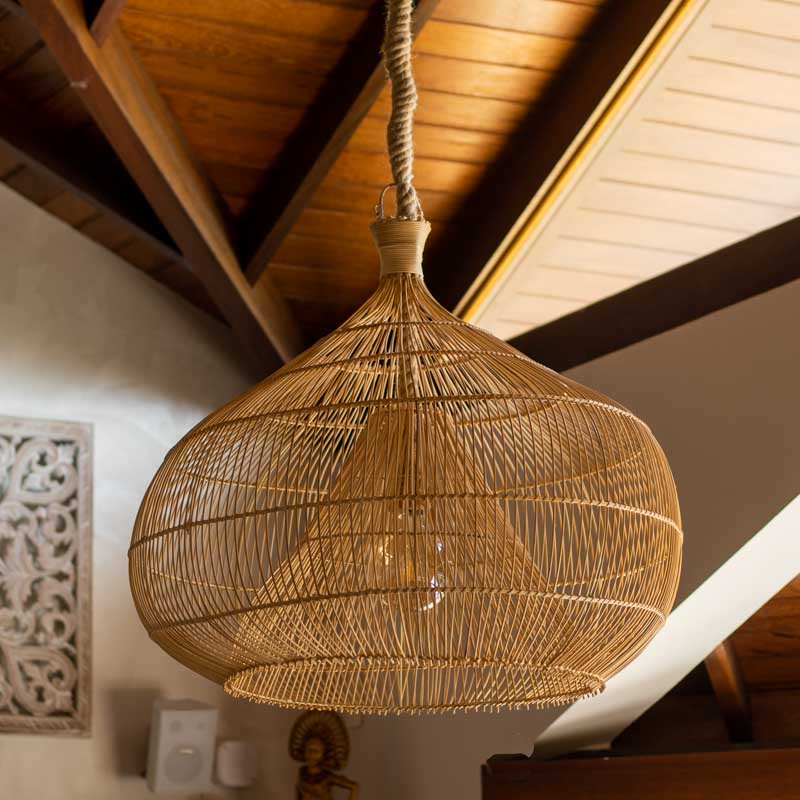Art exposes what we feel and is an expression tool of what we want to convey to the world through techniques, styles, shapes, colors and raw materials. It also reveals the historical context that we are part of and shows the ways to enhance the interiors, exalting the best of each craftsman and their local culture . Such is the art of Bali in displaying the particularities of life on the island.
The best of Bali Style is expressed in the decorative and utilitarian arts that tell details of the rituals, beliefs, history and fauna and flora that make up Balinese nature . It is in decoration that the soul of Bali expands, lending a welcoming and unique essence to enhance the most varied spaces in an original way. And to present the culture of Bali present in the handcrafted products of our online store, we have chosen 7 curiosities that may surprise you!
1. Hindu gods and the predominance of Hinduism as a religion

Bali has a different culture than other Indonesian islands . It stands out for its artistic production influenced by the religious traditions worshiped in the archipelago . Islam is the most revered religion in all of Indonesia , while on the island of Bali Hinduism is the most prevalent, accounting for over 80% of the population. And this philosophy and culture can be seen in all forms of art , especially in decorative sculpture .
Starting from wood, marble or cement, Balinese craftsmen create Hindu gods with the most creative and symbolic ways to decorate environments with purpose and bring spirituality to other spaces, also adding other functionalities. Ganesh , Rama and Sita , Hanuman , Brahma , Vishnu and Shiva are some deities that beautify and harmonize the energy of interiors.
2. The importance of ducks and animals in figurative art

Ducks are very common animals in Bali and are especially bred as pest controllers in rice paddies , one of the main livelihoods. This agricultural technique consists of placing the animals in the rice paddies until the time of flowering. By consuming weeds and harmful insects, ducks avoid the use of insecticides and other chemicals, as well as encouraging aeration as they roam the fields - making rice cultivation cheaper and more sustainable .
By encompassing the intention of valuing and disseminating the local culture, the figurative art of Bali therefore guarantees the presence of these animals in the decoration , being extremely symbolic. And it is in these decorative carved wood animals that Balinese artists best explore creativity and humor, adorning them with clothes, accessories and many colors. If there are no flowers in the garden, they will make the outdoor environment much more colorful.
3. Rice fields: sustainable agriculture and artistic inspiration

Rice paddy farming , called sawah , is one of the main Indonesian crops besides tropical fruits. Rice is present both in gastronomy and in religious rituals that are carried out according to the plantation calendar. They feature one of the most ecological irrigation systems, the subback , considered a World Heritage Site by Unesco . The rice fields also have a strong concept of sustainability and appreciation of craftsmanship that extends to art, both in terms of raw materials and themes.
It is not surprising that decorative plaques made by hand with reused wood and paintings on colorful canvas subtly show the daily lives of workers on the island and the natural beauties that surround it. The reliefs fill the plates and panels , enriching them with details and promoting texture in the home decor, while the colors fill in the blank spaces of the canvas to give more life to the wall decoration .
4. Decorative masks as symbols of protection

The animism present in Balinese beliefs is intertwined with the ritualistic use of wooden masks . It materializes in the accessory the idea that the deities are in everything that exists, making them encompass their essences and energies. The same concept extends to the decorative masks which, although they have the same soul and aesthetics as the ritualistic ones, are exclusively designed to encourage tourism by promoting a new way of including authenticity and beauty in decoration .
The wall masks handcrafted by Balinese craftsmen sometimes bring Buddhas , Hindu gods , sacred animals to life, and sometimes display other cultural treasures of the island, such as the colorful paintings called batik . The different techniques and patterns, especially when gathered in the same piece, show the diversity of Balinese art that transits between ceremonies and festivities such as dances and theater and interior decoration .
5. Arts meeting: Legong Kraton dance and Wayang theater

It is not uncommon to see the same decorative art revealing more of the cultural richness of the Island of Bali . This arts encounter that can be seen by tourists in the story narrated by traditional dances and Balinese theater plays. Balinese dances, in particular, recount the legends of court life in performances with exotic choreography, as demonstrated by the Legong Kraton (royal palace dance originating in East Java ) with the drama of Princess Rangkesari told under the sound of a gamelan orchestra .
The wooden sculpture that materializes the dance in the decoration displays the structure of a puppet puppet (or puppet) from the three-dimensional Indonesian wayang theater ( wayang klitik or golèk ) - as traditional in the archipelago as the shadow theater ( wayang kulit ). The combination of the figure of Rangkesari in the Legong dancer with the puppet theater raises the value of the artisanal work, which consequently enriches the environment with all its exclusivity.
6. Figurative art and the influence of tribal ancestry

The ancestry of the ancient ethnic groups that inhabited the Indonesian islands is constantly exalted with figurative art in wood. It exposes both Indonesia 's multiculturalism and how spirituality has always remained present. Sculptures with a rustic style - in single pieces or sets - like these demonstrate the tribal aesthetic through nudity, graphics with ethnic patterns and the presence of ritualistic masks .
The colorful painting on carved wood in a natural tone is done by hand and uses techniques such as pointillism to form the designs. Trios or quartets of figurines with varying heights are the most requested by interior designers since the repetition of shapes, even with small differences, promote rhythm in the decoration, making the spaces more harmonious and attractive.
7. Artistic intervention with respect to the natural forms of wood

Sustainability is the essence of the work of the Balinese craftsman, which is why art is seen as an extension of nature, connecting with it in the theme and raw material of the works of art. And just like the natural processes of tree maturation, the forms are also respected and constantly used without much intervention to enhance the environments.
Furniture , vases and decorations have wood trunks such as teak and suar , the source of beauty and originality, as the natural look guarantees that no piece is like the other. Blown glass over the trunks is molded with their natural shapes and create unique pieces that can accommodate plants ( terrariums ) or fish ( aquaria ). In addition to the singular character, the dual utility of decorative art makes it more versatile to integrate the connection with nature in interior decoration.
All visual arts are ways to expand our knowledge and present the riches that build the culture and characteristics of a people. The Balinese art sold in our webshop has this same essence and displays the soul and history of the Balinese craftsman in every detail.
Namaste!
Milene Sousa - Art & Tune



